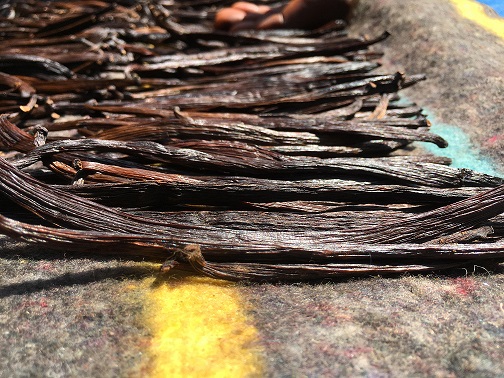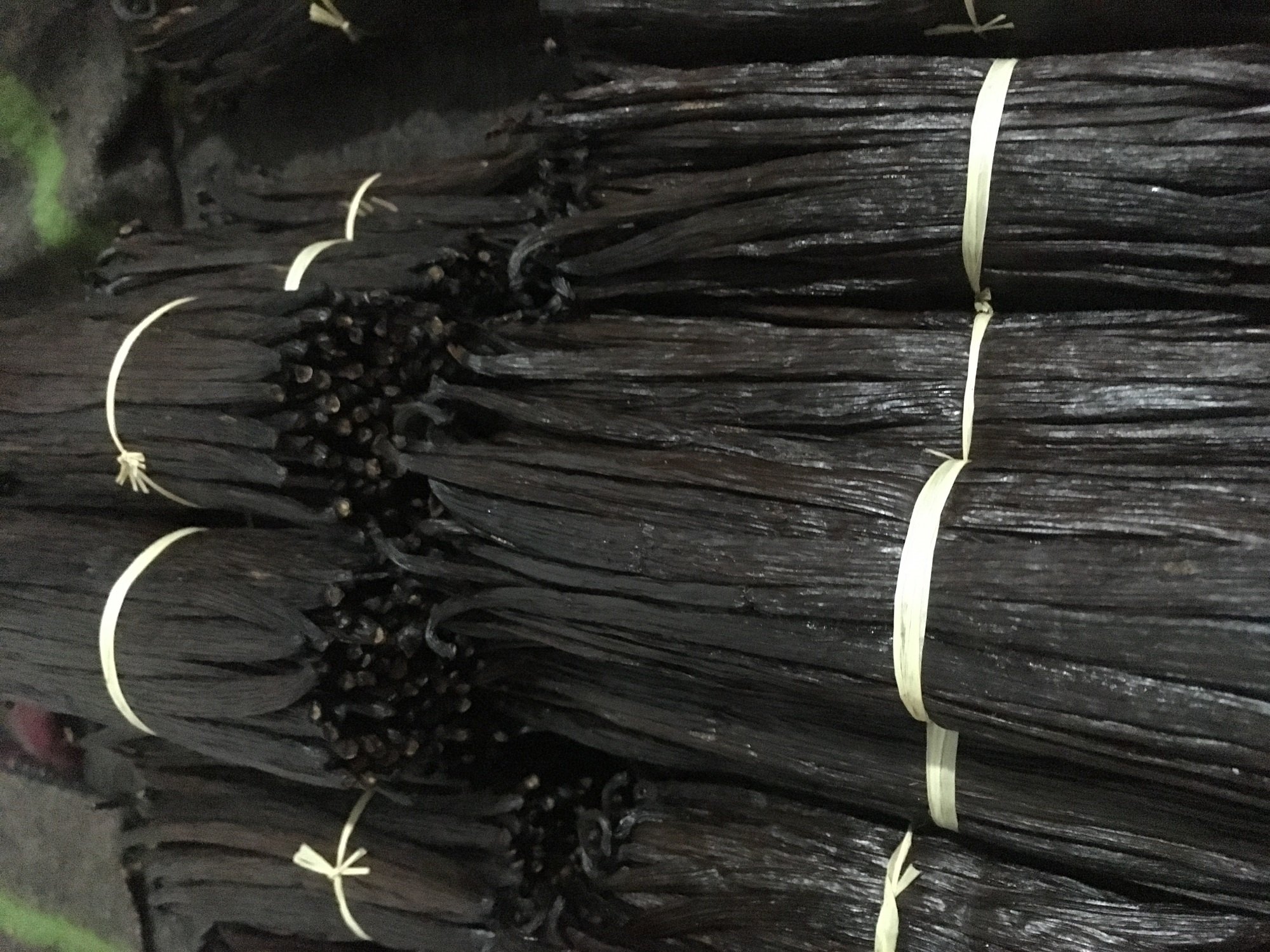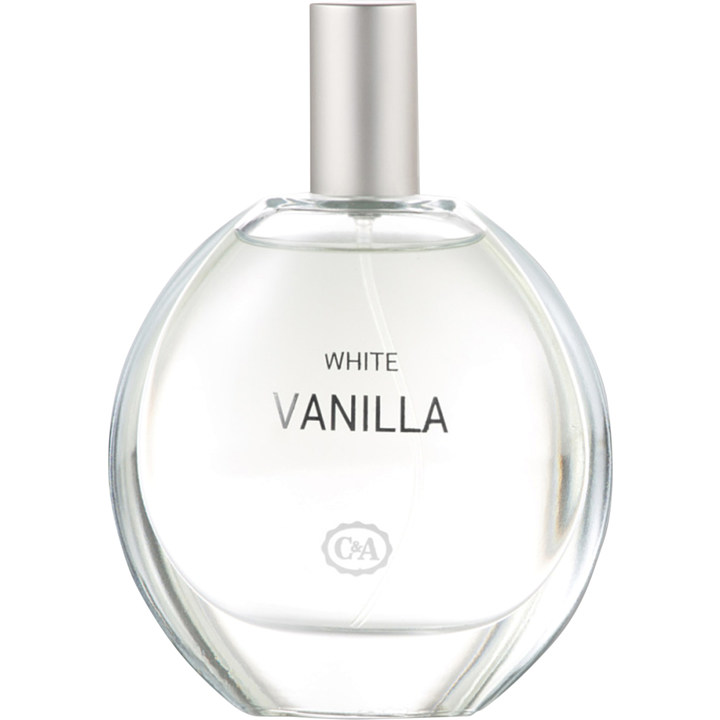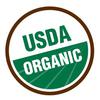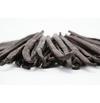BUY UGANDA VANILLA BEANS SOYBEAN OIL
Vanilla Consumer's Guide
Are you a Vanilla lover browsing online to find which type of Vanilla product will suite your purpose?
a Gourmet Chef wishing to try out a new Vanilla recipe,
a perfumer working on your next Vanilla Scented fragrance
a Do It Yourself (DIY) Mum working on your Vanilla Candle Concept or
You’re just a Vanilla buyer searching online for information about the best Vanilla Beans to buy and how to store your newly purchased batch of Vanilla Beans.
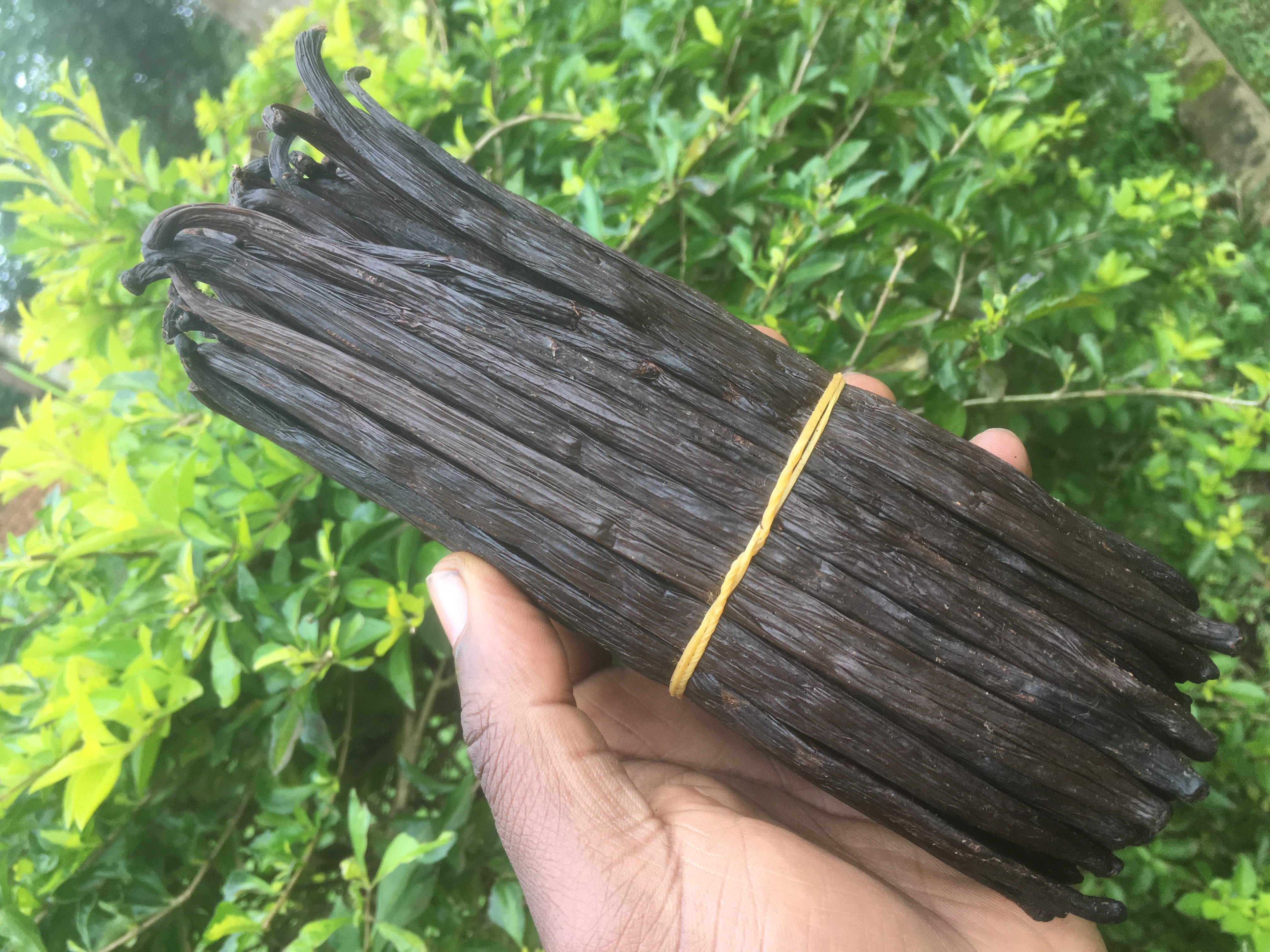 Vanilla Beans
Vanilla BeansIf you fit one of the descriptions I have mentioned above, then you just might have reached your Vanilla Destination…!
Please take some time to read through our resources because we have compiled this Vanilla Consumer’s Guide to assist you get the most out of the Vanilla beans you buy so expensively from Uganda, Madagascar, Indonesia, Mexico , China or from Papa New Guine (PNG).
New to the Vanilla industry Value Chain, no problem...!
This Vanilla Consumer’s Guide presents to you an opportunity to learn about Vanilla and be able objectively evaluate the quality of different Vanilla Beans and Vanilla products presented to you, before you make your first Vanilla purchase. This Vanilla Consumers’ Guide could also help you launch your very own Vanilla Brand with products to sell at your Vanilla Shop.
On this Vanilla Consumer's Guide:
- You will learn about the Vanilla Flavor and its aroma chemistry
- Find out Why Vanilla is called a Spice and Not a Herb
- Find information about the benefits of Vanilla
- Read about the history of Vanilla Beans
- Lean how to grow Vanilla Vines/Orchids
- Find the best Vanilla Beans to buy for your purpose/use and
- How to Store your Vanilla Beans
- Learn about Organic Vanilla and Organic Certification
- Where to buy Passover Vanilla
- Learn to differentiate Pure Vanilla Extracts from Imitation
- Find Vanilla recipes for your Holiday Cooking
- Learn how to make your own organic Vanilla Body perfumes and
- Vanilla Scented products to freshen-up your home
- Uganda Vanilla Beans
On this Vanilla guide you will also be able to follow relevant Vanilla Industry news Updates, Share your Vanilla Story and ask questions about Vanilla.
Your also have the chance to buy Vanilla Beans right from the source!
Vanilla Flavor
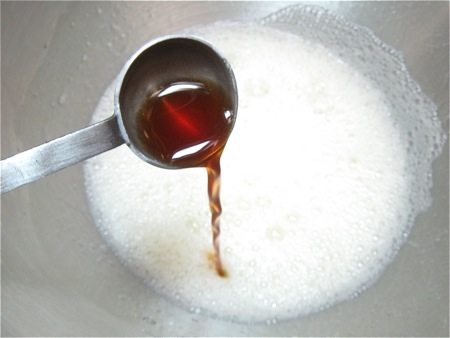 1 teaspoon (tsp)
1 teaspoon (tsp) Vanilla Extract Flavor
=
One 2-inch piece of Vanilla Beans
What is Vanilla...?
Vanilla is the most popular flavor in the world; the Vanilla flavor is signified by a very sweet, creamy character imparted by Vanillin, the most abundant flavor and aroma chemical present in cured vanilla beans. The characteristic aroma and flavor of vanilla is the result of various chemical and biochemical processes that take place during the curing and conditioning of vanilla beans. The vanillin content of cured beans of different origins varies from 0.3 percent to 3 percent. The vanillin content of beans depends upon a number of variables, such as species, bean maturity at the time of harvest and curing process.
Although the presence of vanillin in the vanilla bean greatly enhances the quality of vanilla, its absence does not change the basic vanilla character or render the beans worthless. A number of other major, minor and trace constituents play very significant roles in imparting vanilla with its characteristic aroma and flavor.
The vanilla constituents responsible for aroma and flavor include volatiles such as aromatic carbonyls, aromatic alcohols, aromatic acids, aromatic esters, phenols and phenol ethers, aliphatic alcohols, carbonyls, acids, esters and lactones, aromatic hydrocarbons, terpenoids, aliphatic hydrocarbons and heterocyclics. The nonvolatile constituents important in vanilla flavor are tannins, polyphenols, resins and free amino acids.
All of these constituents together produce the delicate, rich and mellow aroma with sweet spicy, woody and balsamic notes.
Researchers have identified nearly 200 different chemical components that contribute to the complex aroma and flavor of cured vanilla beans.
According to the Oxford dictionary, Vanilla is described as a substance obtained from vanilla pods or produced artificially and used to flavour foods or to impart a fragrant scent to cosmetic preparations.
Vanilla Spice
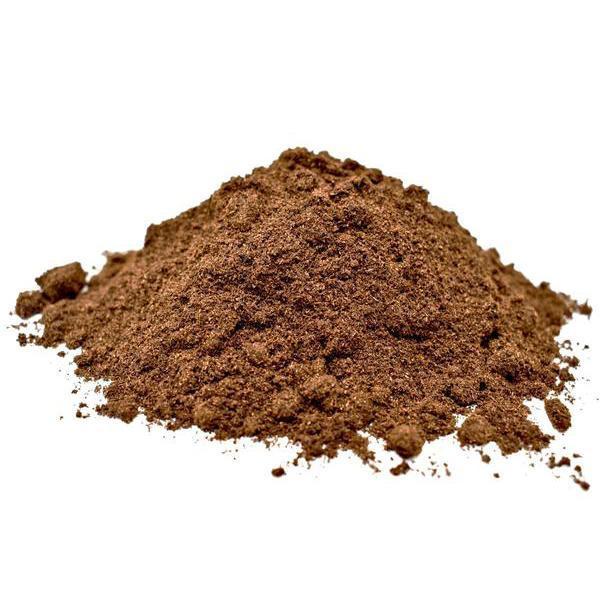 Vanilla Beans Powder
Vanilla Beans Powder Spice
Vanilla is also described as the second most Expensive Spice in the World after Saffron because growing the vanilla seed pods/beans is labor-intensive.
We often hear the term "herbs and spices" often during cooking because herbs and spices are vital ingredients in many dishes. They add flavor, aroma, color, texture and even nutrients.
But what makes Spices different from Herbs?....
Both spices and herbs are parts of plants (fresh or dried) that are used to enhance the flavor of foods. They’ve also been known to preserve foods, cure illness and enhance cosmetics.
The difference between the two is where they are obtained from a plant. Herbs come from the leafy and green part of the plant. Spices are parts of the plant other than the leafy bit such as the root, stem, bulb, bark or seeds. And this is what makes Vanilla Beans a Spice.
Vanilla Benefits
So, why is Vanilla so popular…?
Vanilla has become irresistible to world today not just because of the sweet aroma Vanilla imparts to countless food, beverage and Dessert Vanilla recipes; but vanilla has also been found to posses some interesting health benefits when you consume it in your food or apply it on your skin or hair:
Vanilla reduces Cholesterol – Vanilla has been found to reduce cholesterol when consumed in food. High cholesterol can predispose you Hypertension/high blood pressure or worsen already existing disease. High cholesterol can also worsen Diabetes and also cause coronary heart disease.
Vanilla has healing properties – Vanilla has been found to contain Antioxidants, Antibacterial, Immune boosters and Anxielitic chemicals.
Vanilla is hair Food - When used in hair products; vanilla helps to strengthen hair and prevents hair loss (alopecia)
Vanilla Improves digestion – Vanilla when taken in tea can help soothe your gut inflammation and reduce diarrhea
Vanilla aides weight loss – Vanilla can help reduce the amount of sugar you use in your food and also suppress your appetite.
Vanilla History
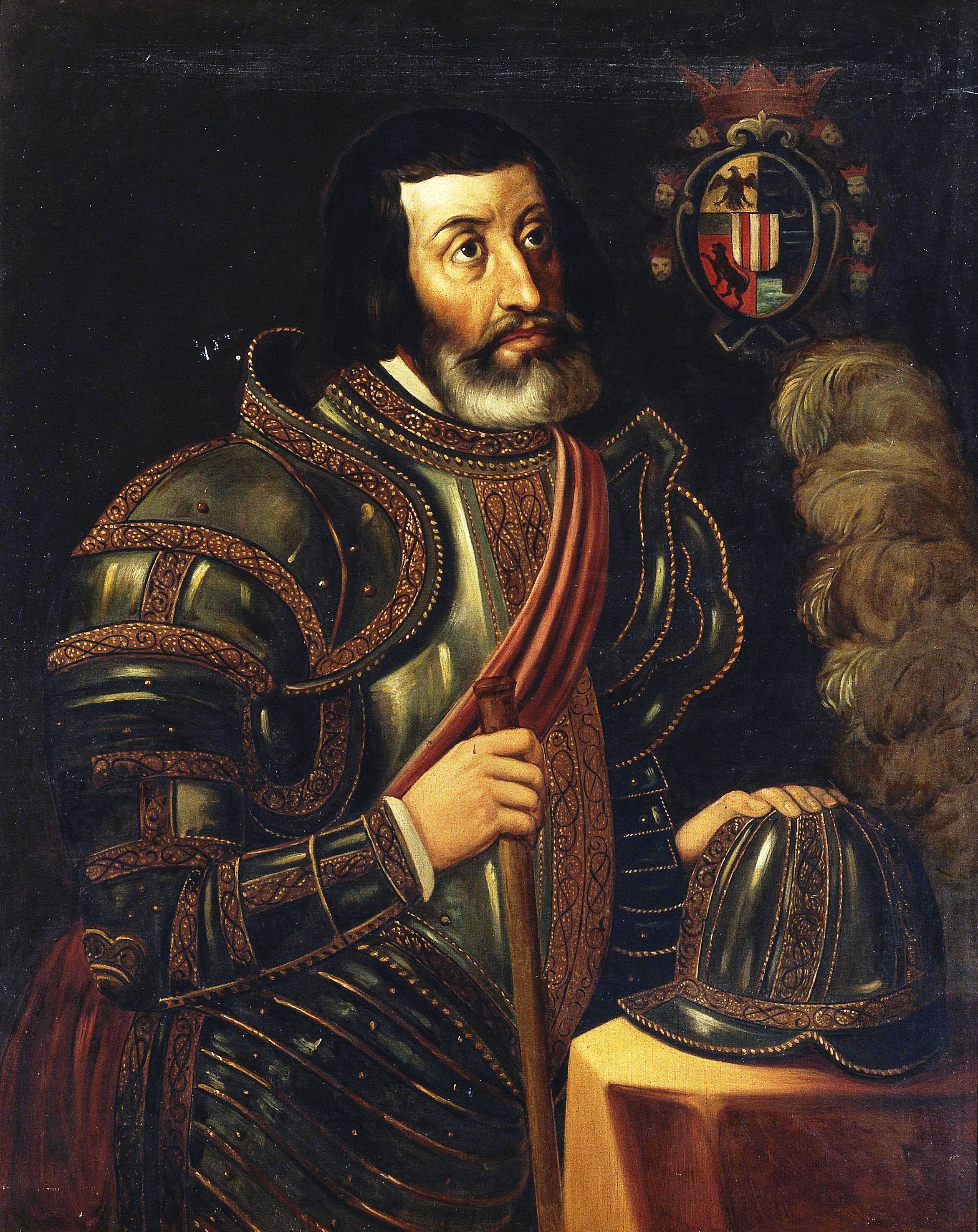 Herna Hernando Cortez
Herna Hernando Corteza Spanish Conqueror of the Aztecs, is an Iconic figure in the History of Vanilla
So, where did this Vanilla we love come from…?
Vanilla Beans originated in Mexico, for hundreds of years the Totonaco Indians of the East Central Coast of Mexico were the only known Vanilla farmers in the world. Vanilla grows within the 20-degree band either side of the Equator, the vanilla you know best, Vanilla planifolia, traditionally grew wild on the Atlantic Gulf side of Mexico from Tampico around to the northeast tip of South America, and from Colima, Mexico to Ecuador on the Pacific side. It also grew throughout the Caribbean.
When the Aztecs defeated the Totonaco Indians, one the most important tribute they demanded was of the Thilxochiti Vine , Vanilla Pods/Beans. These pods were used with cacao beans to make a drink called Chocolatl. In 1520 Herna Hernando Cortez, in turn conquered the Aztecs. In his magnificent banquet hall, Montezuma, Emperor of the Aztecs greeted Cortez and offered him this drink in a golden goblet. Cortez astounded by the delicious flavor of Chocolatl demanded to know the ingredients. Montezuma, the gracious host told him it contained ground corn, cacao beans , Vanilla pods and honey. Alas, Montezuna not only lost the secret to his favorite beverage, his riches and his empire, but also his life, as Cortez executed him shortly thereafter.
When Cortez returned to Spain, he brought with him a great deal of Gold, Silver and jewels plundered from the Aztecs. Of even greater importance, he also brought Cacao beans and Vanilla pods, which the Spaniards called “Vainilla” meaning “Litte Scabbard”. The drink made from cacao beans and Vanilla pods was an instant success in and extremely popular throughout Europe. At first it was a luxury only the nobility and very rich could afford as for eight years , vanilla was used in the chocolate drink. In 1602, Hugh Morgan, apothecary to Queen Elizabeth I , suggested that vanilla could be used as a flavoring itself. This was the first step on the path toward dominant position vanilla now hold in the flavor world.
Until the mid-19th century, Mexico was the chief producer of vanilla. In 1819, French entrepreneurs shipped vanilla fruits to the islands of Réunion and Mauritius in hopes of producing vanilla there.
Vanilla, a species of a climbing Orchid, grew beautiful foliage and flowers in each of these regions, but never produced any Vanilla pods. A mystery to the world until 1836, a Frenchman observing very closely the original Vanilla plant, in Mexico, discovered the reason. Each of the orchid blooms was visited by the small ""Melipona"" bee. This specialized little creature provided the pollination which produced the fruit! Only in Mexico is the Melipona Bee found.
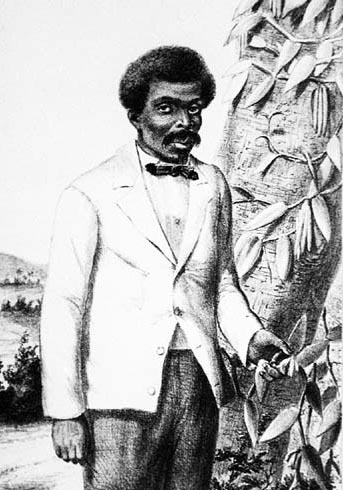 Edmond Albius (1829 – 9 August 1880)
Edmond Albius (1829 – 9 August 1880)Discovered Vanilla flower Hand Pollination
In 1837, Belgian botanist Charles François Antoine Morren pioneered a method of artificially pollinating the Vanilla flower but the method proved financially unworkable and was not deployed commercially.
In 1841, Edmond Albius, a slave who lived on the French island of Réunion in the Indian Ocean, discovered at the age of 12 that the plant could be hand-pollinated. Hand-pollination allowed global cultivation of the plant.
Vanilla Beans
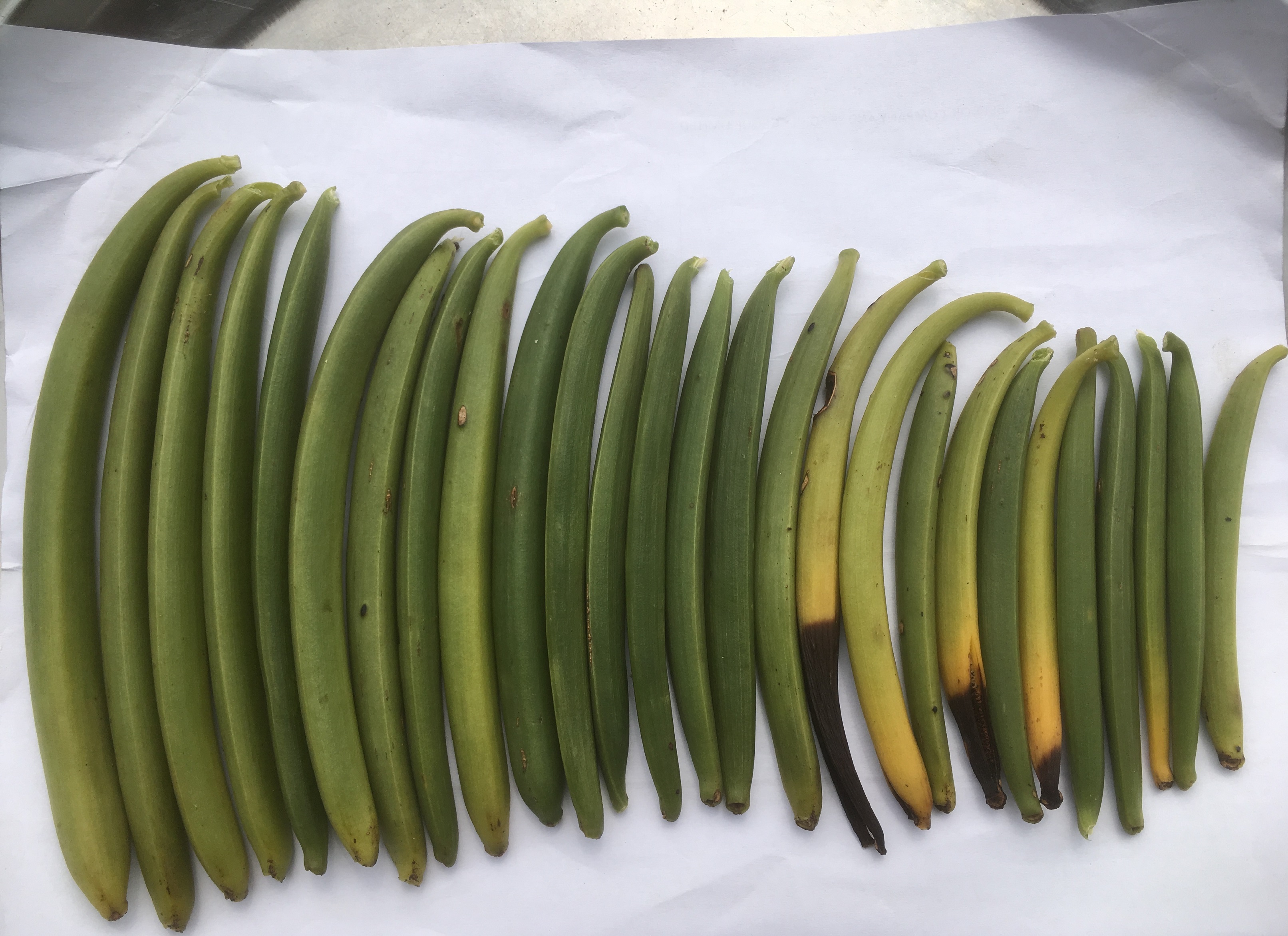 Mature Green Vanilla Beans
Mature Green Vanilla Beans From Our Own Vanilla Plantation in Uganda
The sticks of vanilla you buy in the Vanilla shop are called Vanilla Beans or Vanilla Pods. Mature green Vanilla Beans are cured after harvesting in order to produce the Vanilla Flavor and aroma.
Vanilla, a monopodial climbing vine, bears epigynous flowers.
The syncarpous gynoecium constitutes a stigma, a style and an inferior tricarpellate unilocular ovary bearing placentae, from which rows of numerous anatropous ovules differentiate only after pollination.
The fleshy fruits of vanilla vine, improperly called Vanilla beans because they develop from the inferior ovary into elongated pod-like berries with a trigone cross-section.
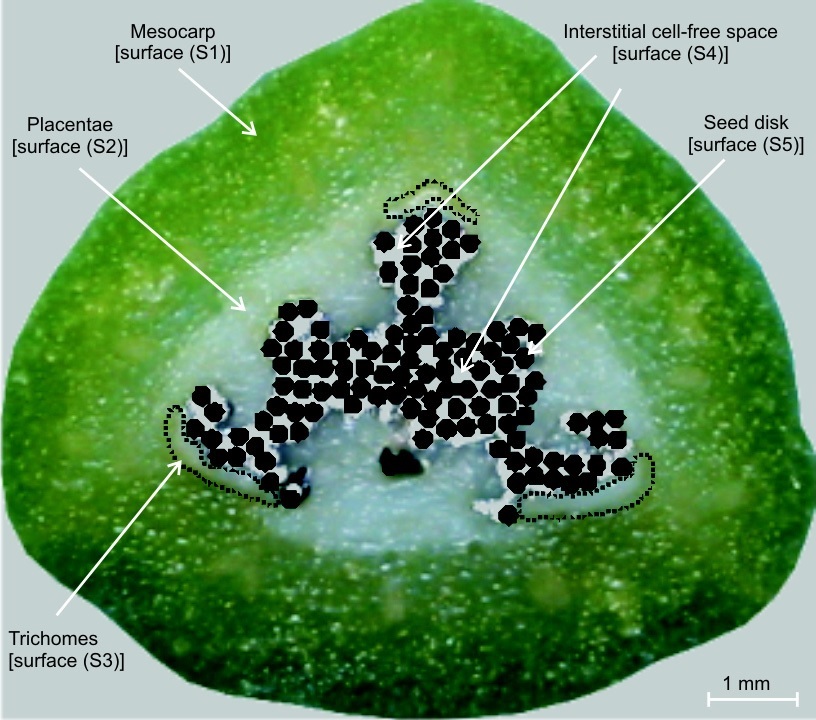 Vanilla Beans
Vanilla Beans Cross Section Structure
When fruits reach maturity, pods open longitudinally from the apical end by two dehiscence splits, then progressively dry, in the end turning into a capsule thin cutinized epicarp with thick-walled cells, a fleshy chlorophyllous mesocarp bearing itself two parietal placental bilobed laminae (or ridges) running the fruit length, each lamina being subdivided into two lobes symmetrically bent towards the interlamina area from one side and one of the three trigone angles to the other side.
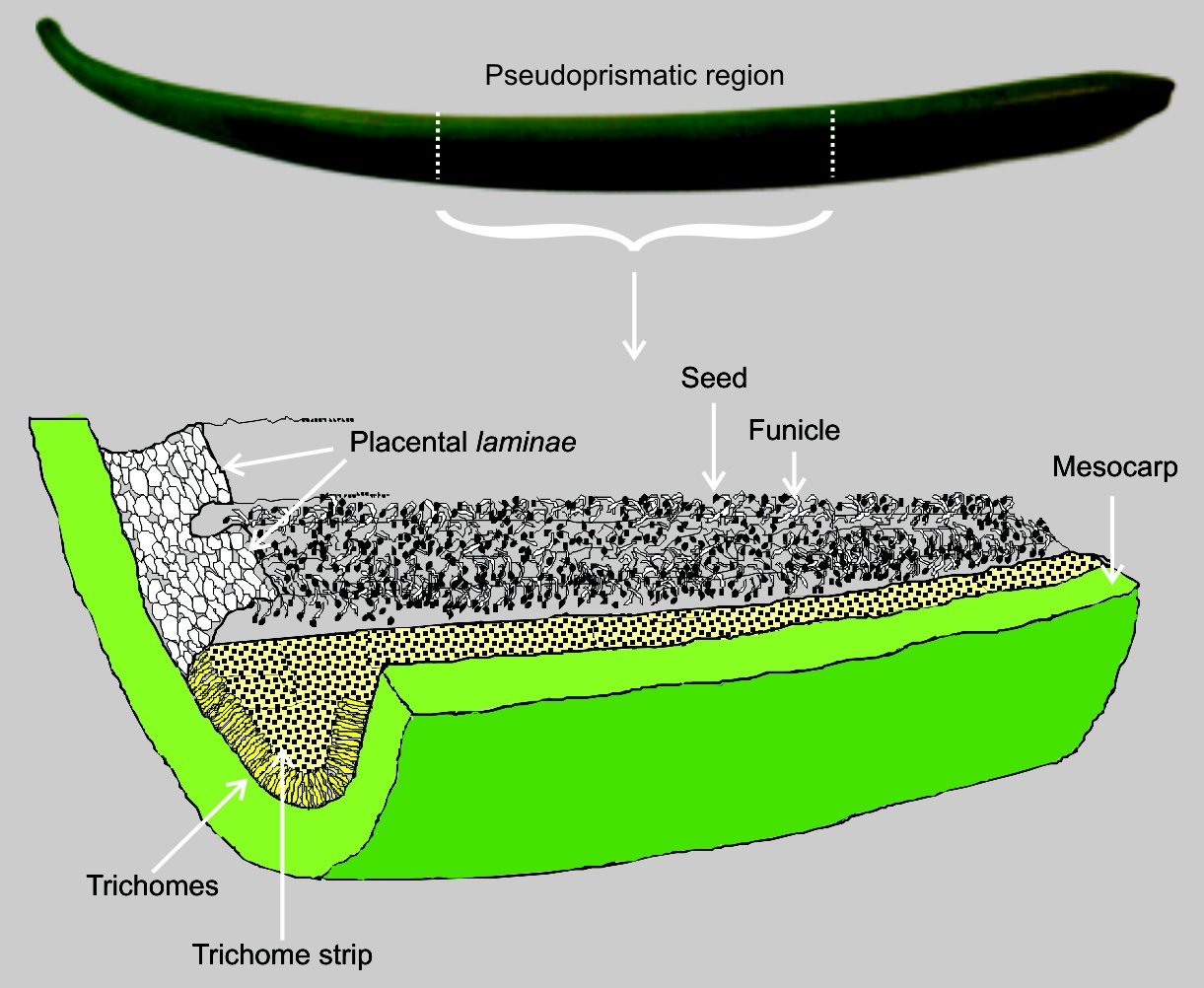 Vanilla Beans
Vanilla Beans Longitudinal Sectioned Drawing
The qualitative differences in the aroma and flavor of vanilla of different species and geographic origins are quite discrete.
You need to buy Vanilla Beans according the resultant flavor you want to get in your Vanilla Extract or Perfume.
Bourbon Vanilla Beans
Bourbon vanilla (V. planifolia Andrews): This is the terminology used collectively for beans from Madagascar, Réunion, the Comoro Islands and the Seychelles.
Bourbon vanilla is sweet, creamy, rich, fullbodied, tobaccolike, somewhat woody and animal, and deep balsamic, and has sweet spicy back notes.
Uganda Vanilla Beans
Uganda vanilla (V. planifolia Andrews): Properly cured Uganda beans have aroma and flavor similar to Bourbon vanilla.
Mexican Vanilla Beans
Mexican vanilla (V. planifolia Andrews): This type of vanilla is sharp, slightly pungent and sweet spicy, but lacks body compared to Bourbon vanilla.
Tahitian Vanilla Beans (Tahiti)
Tahitian vanilla (V. tahitensis): This vanilla type is distinctly perfumey and flowery, fragrant, heliotropinelike, with a rather shallow vanilla character.
Java Vanilla Beans
Java vanilla (V. planifolia Andrews): Hailing from the Indonesian islands, this vanilla type is less sweet and creamy than Bourbon vanilla.
Java vanilla lacks bouquet, but has a strong woody andslightly smoky character—and a freshly sharpened pencil note.
Indian Vanilla Beans
Indian vanilla (V. planifolia Andrews): This variety is full-bodied but less sweet and creamy than Bourbon vanilla.
Indian vanilla lacks balsamic notes, but has slightly spicy and pungent sour notes.
Papua New Guinea (PNG) Vanilla Beans
Papua New Guinea (PNG) vanilla (V. tahitensis, V. hapape or possibly V. politi): PNG vanilla is weakly flowery and perfumey, and possesses anisic notes.
It is generally weak in flavor and aroma character.
Guadeloupe Vanilla Beans
Guadeloupe vanilla (V. pompona): Produced in Central America, this variety is perfumey and floral, possessing a sweet anisic heliotropinelike fragrance.
It lacks body.
Organic Vanilla
I can describe Organic Vanilla simply as a Vanilla containing product derived from organic sources. In the case of vanilla beans they should have been grown without GMO adulteration, and no synthetic chemical inputs like fertilizer, and pesticides.
The curing process for the Vanilla beans or the process of making the Vanilla Extract should also be organic; does not use antibiotics, synthetic food additives, or irradiation. A vanilla product can be organic but without being Organic Certified.
Find more about Organic Vanilla and the Organic Certification Process.
Passover Vanilla
In the past few years Kosher for Passover real vanilla extract has emerged on the market. If that is unavailable we would not recommend using the artificial Vanilla Extract.
Instead, bury a vanilla bean in a jar of sugar for a few days and then use a few tablespoons of the scented sugar in place of regular sugar in a recipe. Or, if you are feeling decadent just use the scrapings from the inside of real vanilla beans in the recipe.
You may also just buy Vanilla Extract that is Kosher Certified.
Find more information about Passover Vanilla
Have a Question or Great Story About Vanilla?
Do you have a Question or Comment about this Vanilla Guide? Then Share it!
Vanilla Guides , Recipes, and Vanilla Industry News Updates
Click below to see the articles from page contributors and comments from visitors to this Vanilla Guide...
Vanilla Beans among suggested Superfoods to help prevent coronavirus Not rated yet
The emergence and spread of the coronavirus have caused panic around the globe. It has infected several thousands of people since the outbreak in Wuhan, …
Finding Real Vanilla Extract in Mexico Not rated yet
Real Mexican vanilla: harder to get but worth the expense
Pure, natural Mexican vanilla beans cost more per ounce than silver
People often crow about …
Passover Vanilla Not rated yet
On Passover it is forbidden to eat leavened grain.
Regarding Passover the Torah states “In the first month on the fourteenth day in the evening you shall …
Organic Vanilla Not rated yet
I can describe Organic Vanilla simply as a Vanilla containing product derived from organic sources. In the case of vanilla beans they should have been …
How to Store Vanilla Beans Not rated yet
Gourmet quality vanilla beans should be flexible, ideally with an oily sheen, and they should smell rich and fragrant.
It helps to keep the beans in …
Tahitian Vanilla Not rated yet
Tahitian Vanilla Beans (Tahiti)
Tahitian vanilla extract
Tahitian vanilla (V. tahitensis): This vanilla type is distinctly perfumey and flowery, fragrant, …
Mexican Vanilla Not rated yet
Mexican Vanilla
Mexican Vanilla Extract
Mexican vanilla (V. planifolia Andrews): This type of vanilla is sharp, slightly pungent and sweet spicy, …
Madagascar Vanilla Not rated yet
Madagascar vanilla beans
Madagascar vanilla absolute
Madagascar-vanilla
Premium bourbon-madagascar vanilla beans
Madagascar vanilla is considered …
Bourbon Vanilla Not rated yet
Bourbon and vanilla
Bourbon Vanilla (V. planifolia Andrews): This is the terminology used collectively for beans from Madagascar, Réunion, the Comoro …
If you haven't yet found what you were looking for or you need detailed information about the subject matter on this page then... feel free to ask our business travel consultants. |
